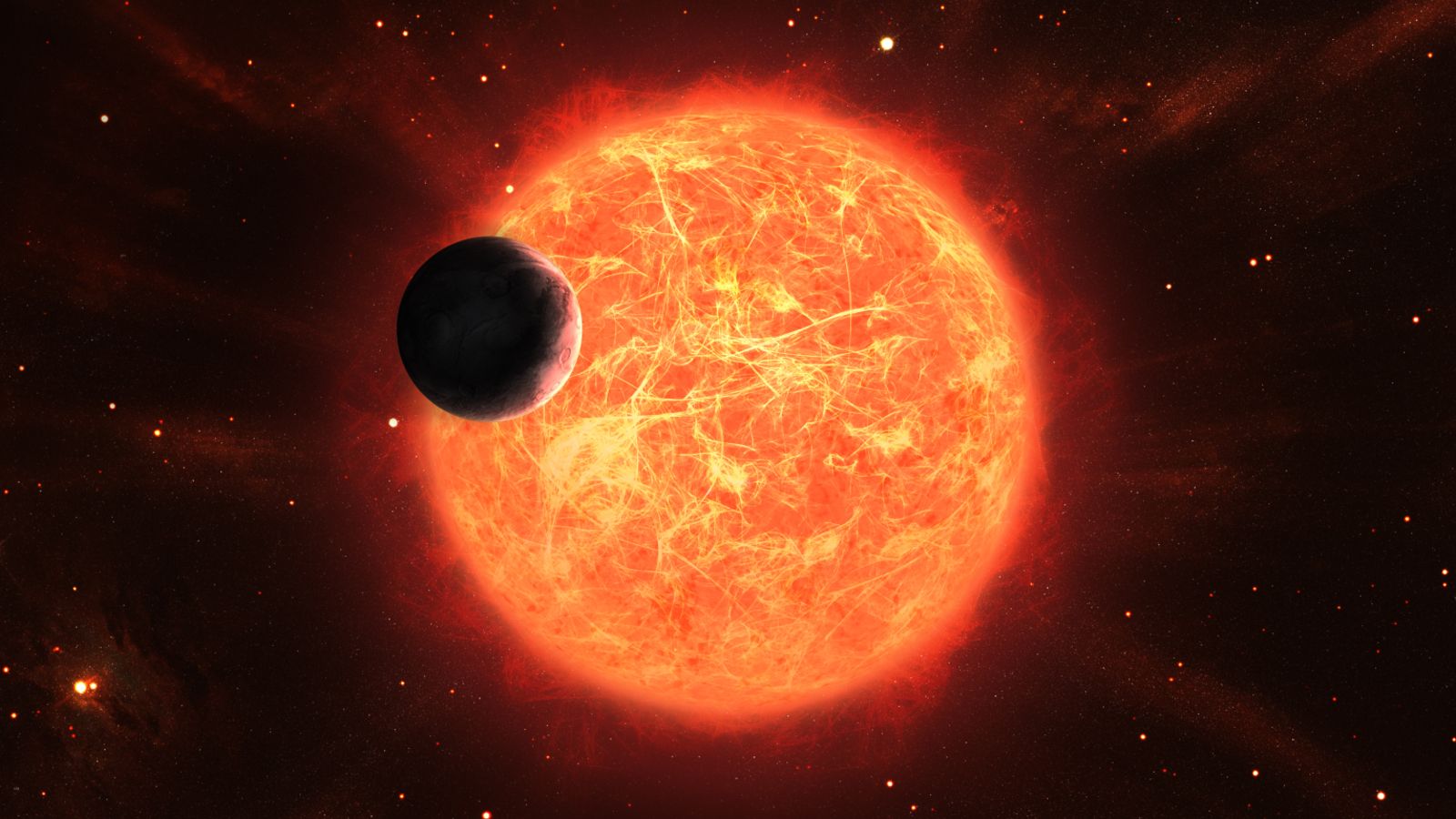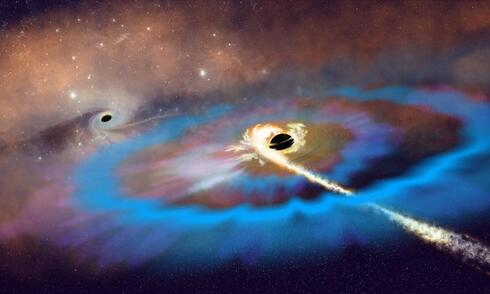Scientists Discover a Shocking New Phase of Ice That Could Change Everything!

Imagine a world where ice isn't just ice! Scientists at the Korea Research Institute of Standards and Science (KRISS) have taken a giant leap into the unknown by revealing a **new phase of ice**, dubbed **Ice XXI**. This groundbreaking discovery happens to be the twenty-first version of ice—yes, you heard that right!
To unravel the mysteries of Ice XXI, researchers engaged in a cutting-edge experiment that involved supercompressing water to an astonishing 2 gigapascals—that's an earth-shattering 20,000 times higher than normal atmospheric pressure! Using high-tech X-ray facilities, they delved deep into the molecular structure of this new ice phase.
Now, you might be wondering, ice has a simple formula, H2O, and typically freezes when the temperature drops to zero degrees Celsius. Yet, it turns out that this seemingly simple substance comes with a twist. There are **20 different phases** of ice, and until recently, scientists thought they had explored them all. Ice XXI, however, expands our icy horizons even further!
In their study featured in the journal Nature Materials, the researchers used diamond anvil cells (DACs) to compress water in mere milliseconds, creating a scenario where water remains in a liquid state even under immense pressure. It’s a bit like trying to hold onto a slippery fish while juggling—it’s not easy, but the results are worth it!
Geun Woo Lee, a co-author of the study, shared, “The rapid compression of water allows it to remain liquid up to higher pressures, where it should have already crystallized to ice VI.” This supercompressed water, in its metastable state, forms at room temperature, but its molecules pack together much more densely.
Through advanced X-ray technology, scientists captured a breathtaking view of this transformation, essentially creating an ultra-fast camera that can document the formation of Ice XXI in real time. The European X-Ray Free-Electron Laser Facility (XFEL) produced X-ray flashes at lightning speed, generating one image every microsecond. It’s like watching a slow-motion video unfold in nanoseconds!
Further experiments at the PETRA III facility helped researchers understand Ice XXI’s unique tetragonal structure, which contains a whopping 152 water molecules in a repetitive unit cell. This discovery not only sheds light on the dynamics of ice but could also offer crucial insights into the **icy moons** in our Solar System, such as Europa and Enceladus.
Rachel Husband, another co-author, remarked, “Our findings suggest that a greater number of high-temperature metastable ice phases and their associated transition pathways may exist.” This could lead to new revelations about the composition of icy moons and even the peculiar magnetic fields of planets like Neptune and Uranus.
So, who knew that the secrets of ice could unlock mysteries way beyond our planet? Ice XXI might just be the key to understanding our universe better!



























